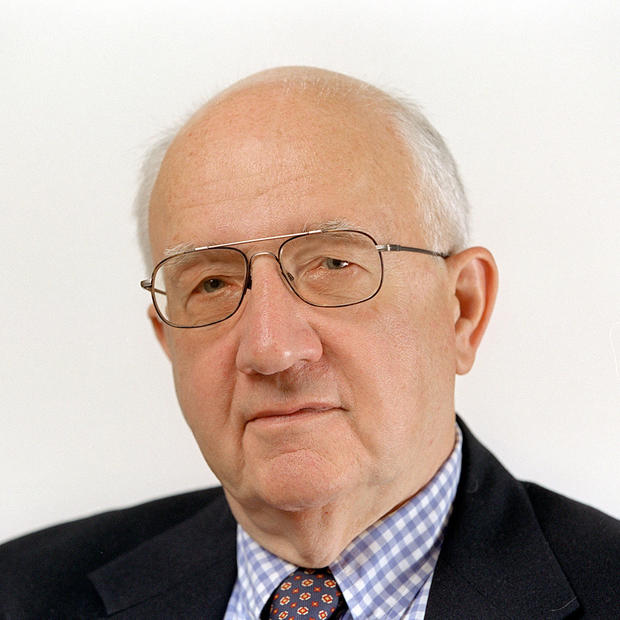The nomination of Sonia Sotomayor to the U.S. Supreme Court will not be stopped following the U.S. Supreme Court's overturning of her earlier decision, 5-4, in the now-famous New Haven firefighters' case, in which firefighter promotions for white and Latino officers were blocked because not enough black firefighters had passed the same requisite examinations for promotion.
Sotomayor will be asked about the matter in her confirmation hearings. But the closeness of the Supreme Court decision, and the political sensitivity of the issues in question, will inhibit her questioners. Unless new issues or embarrassments surface, she will be confirmed easily.
Perhaps more importantly, the whole matter of affirmative action — never long below the surface — has been put back at center stage in national debate.
It is mostly forgotten now but it was President Richard Nixon, not earlier Presidents John Kennedy or Lyndon Johnson, who launched affirmative action. Prior to the Nixon administration, the whole thrust of legal and political action had been to remove legal barriers to equal opportunity rather than constructing a system setting aside actual or de facto quotas favoring one group or another. The whole thrust of the defining Civil Rights Act of 1964 had been to remove discrimination against, or for, any American on the basis of race, gender, ethnicity, or religion. The accompanying Great Society, which included education, health, job training, and other programs, was intended in large part to help previous victims of discrimination to lift themselves economically and otherwise.
During the Nixon Presidency, however, Labor Secretary George Shultz, aided by the late Art Fletcher of Spokane, undertook an initiative to break notorious discrimination in the construction industry and unions. The so-called Philadelphia Plan was established which set aside a certain percentage of jobs for African Americans in construction trades. The practice soon spread elsewhere and became called affirmative action.
National liberals most active in leading the drive toward the Civil Rights and Voting Rights Acts were suspicious of affirmative action. I found myself arguing at an Americans for Democratic Action national convention on behalf of affirmative action as a temporary policy to help victims of discrimination get an equal place at the starting line. Older civil rights leaders, including my old boss Hubert Humphrey, chief sponsor of the Civil Rights Act, took the other side, fearing it would result in reverse discrimination and present an easy target for reactionaries trying to turn back the civil-rights clock. They also doubted that, once adopted, it would remain temporary.
Despite their doubts about affirmative action, many of the same liberals recognized that most national black leaders were supporting it and thus did not outrightly oppose it. Sen. George McGovern, during his 1972 Presidential campaign, proposed to advisers that he oppose a related device, compulsory school busing for purposes of desegregation, but was dissuaded because they thought black leaders who favored busing would misunderstand his motives.
Meantime, in the background, middle-American voters were turning strongly against what they saw as favored treatment for minorities. Survey data indicated they favored equal opportunity strongly — the concept was, after all, central to the American Dream — but questioned anything that smacked of being a quota. In 1968, post-election data showed, such voters (later to be called Reagan Democrats) had voted either for Nixon or for third-party candidate George Wallace in general protest against Great Society measures they saw as too greatly benefiting minorities. The same data, post-1972, showed an even stronger swing among the same voters away from a Democratic Party they associated with such policies. It thus was ironic that Nixon would be the President who formalized them and moved beyond equal opportunity to quotas.
The country has come far in intervening years. We have an African American President. Discrimination still exists based on race, gender, religion, ethnic origin, and sexual orientation. But no one would have predicted that, in 2008, serious Presidential candidates of both parties would include not only an African American but a Jew, a Latino, a Catholic, a Mormon, a Protestant fundamentalist, and a woman. A well known Asian-American candidate also could have credibly run. As recently as 1960, it was thought that JFK's Catholicism might block his Presidential candidacy.
Have we come this far because of earlier equal-opportunity efforts or because, since the 1970s, special efforts have been made toward "diversity," often involving special recruitment and promotion efforts on behalf of those previously discriminated against?
Both approaches have made a difference. Survey data indicate an overwhelming majority of Americans, of all outlooks, continue to oppose discrimination of any kind. But they also show, still, that anything regarded as favoritism, for any group, is strongly opposed.
I continue to feel, as I did 35 years ago, that affirmative action policies were appropriate for a transition period. But how long should that period have lasted? Should we be past it and back again to the everyone-with-an-equal-chance concept so deeply held by a majority of Americans?
Perhaps because we have an African American President, and are soon to have a Latino Supreme Court justice in addition to an African American Justice, we are freer now than in recent years to have a fresh dialogue about equal opportunity/affirmative action. Whether we want that debate or not, we appear likely to get it.


